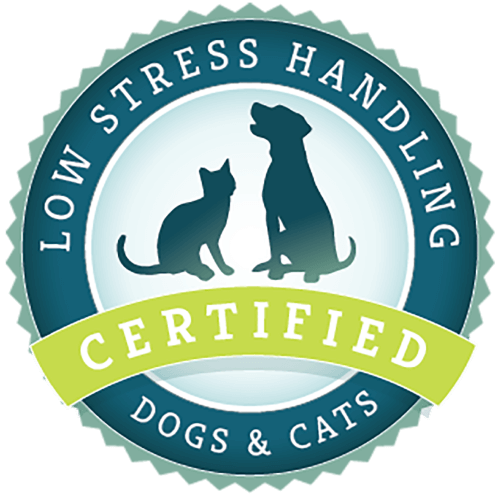What article are you looking for?
Category: CattleDog Publishing Newsletter
Enrichment for Senior Dogs
What is Enrichment and Why is it Important for Senior Dogs? Enrichment is offering experiences and opportunities to animals to encourage healthy natural behaviors and enhance physical and emotional welfare. Enrichment is often broken into two broad categories: environmental and social. Environmental enrichment alters the animal’s space either by making changes to the environment itself or by adding novel items such as toys, feeding puzzles, exercise, and things to smell and explore. Social enrichment involves offering positive social experiences for the animal with people or other animals. Enrichment is important for all species of animals, including people! Sometimes we enrich
Resource Guarding in Dogs
What is resource guarding and why does it occur? Resource guarding is a relatively common behavior problem in dogs. It is defined as a dog using avoidance, threatening, or aggressive behaviors to retain control of food or other items in front of a person or other animal. Sometimes, the signs of resource guarding are subtle. In these cases, your dog may show avoidance behavior or mild signs of aggression and anxiety such as stiff or crouched body posture, pinned back ears, lip licking, and physically blocking access to the resource. The aggression may escalate to more severe and overt signs
Identifying a Qualified Dog Trainer or Behavior Professional
All it takes is a quick internet search, and you will be met with an overwhelming, never-ending list of animal trainers. It can be confusing to navigate this. There are several training programs, certifications, and credentials available for trainers and behaviorists. Be aware that ‘behaviorist’ is not necessarily a specific legal term: those with an MS or PhD in behavior are called ‘behaviorists;’ people without these or any credentials may be allowed to self-adopt the term ‘behaviorist.’ Additionally, while some credentials can be beneficial in many cases, they are not a guarantee that your trainer is using ethical, humane, or
Behavior and the Senior Dog
Introduction Dogs are living longer these days than ever before due to advanced veterinary care and better nutrition. However, as they get older, age-related diseases such as arthritis, dental disease, diabetes, Cushing’s disease, thyroid disease, cancer, and decreases in vision and hearing can all result in subtle or more obvious behavioral changes in dogs. These changes can include decreased activity, loss of appetite, and even aggression. What about Canine Cognitive Dysfunction Syndrome (CCDS)? Similar to Alzheimer’s disease in humans, another disease to consider in older dogs is canine cognitive dysfunction syndrome (CCDS). This disease affects the brain, causing behavioral changes
Storm and Other Noise Phobias
Storm phobia, or fear of storms, is a common behavior in dogs. A magic pill to treat a noise or storm phobia does not exist. Treatment involves a combination of environmental management, behavior modification, and medication.
Leash Reactivity in Dogs
Reactivity is a dog’s response to something in their environment which is triggered by anxiety, fear, or frustration. As much as reactivity can occur in different environments, it is commonly observed when a dog is restricted to being on leash. There is no quick fix when it comes to reducing leash reactivity. Have patience for your dog and the learning process.

Low Stress Handling® Silver-Level Certification
Individual Certification at this level demonstrates to clients and employers the individual’s dedicated interest in Low Stress Handling®. Hospital Certification at this level demonstrates to clients and staff the hospital’s commitment to appropriately training staff in Low Stress Handling® methods.
Learn More
